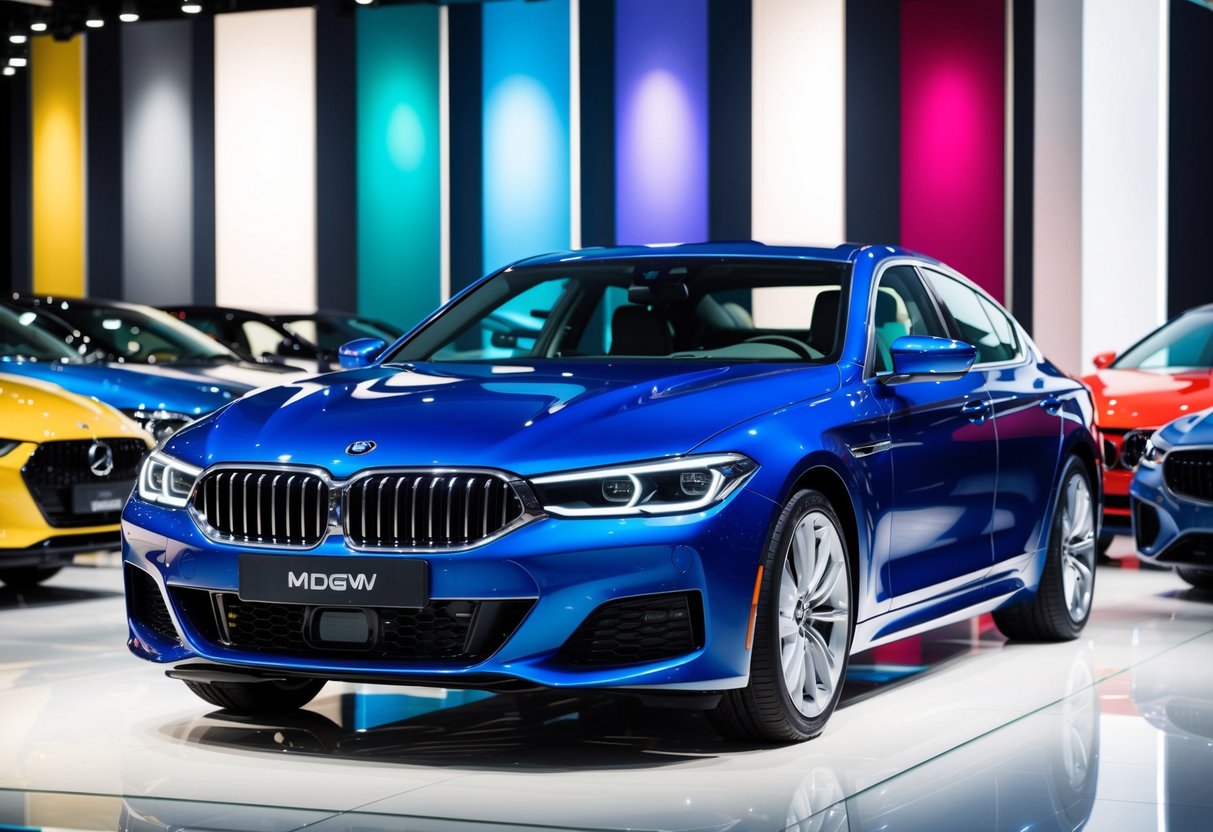Exploring the Psychology Behind Car Color Choices and Personality
Modern Trends in Car Color Choices
In recent decades, technological advancements have redefined car color options, enhancing durability and aesthetics. Metallic and pearlescent finishes, achieved through improved paint technologies, have become increasingly popular. Such hues often convey sophistication and innovative spirit.
Contemporary trends indicate a preference for neutral colors like white, gray, and black. These colors symbolize professionalism and timelessness, aligning with a growing globalized sense of style. Studies suggest that car color choices influence perceptions of behavior, with brighter colors perceived as more dynamic and attention-seeking.
Emerging trends also highlight the impact of digital culture. Reflective and bold color choices are seen as tools for personal communication and self-expression, reflecting a shift towards individualism in a connected world. The interplay between cultural context and personal preference continues to shape the psychology of car color selection.
Psychological Effects of Car Colors on Perception
The color of a car not only affects its aesthetic appeal but also influences how others perceive the driver. These perceptions might be linked to societal norms, emotional triggers, and subconscious associations.
First Impressions and Car Colors
First impressions significantly shape how people view car owners. A red car often signals a desire for attention and a bold personality. People may interpret it as a mark of bravery, or even aggression. For those who prefer a subtler image, silver might communicate sophistication and modernity. Black cars often convey power and elegance, associated with authority figures.
Car colors like blue are linked to trust and calmness, suggesting that drivers are friendly and approachable. White cars often imply simplicity and purity, showcasing the driver’s preference for a clean and fresh image. These initial perceptions are powerful in shaping how people interact socially and how the driver navigates through social environments.
Association of Colors with Emotional States
Colors have profound emotional effects, often impacting communication between individuals. Red is emotionally intense, potentially raising adrenaline and excitement levels. This product of human psychology can affect not only the driver but also other road users.
Blue creates stability and serenity, attributed to its calming effect on the mind. It can be appealing to those seeking peace and reliability. Green vehicles may promote tranquility and eco-consciousness. Conversely, yellow suggests optimism and energy, likely to brighten the moods of those who see it.
These emotional connections with color can impact buying choices and even daily joy, allowing people to express deeper parts of their personalities through their vehicles.
The Significance of Aesthetic Appeal in Car Colors

Car colors influence perceptions and decisions, forming a strong connection with aesthetic appeal. Individuals often choose colors that resonate with personal tastes, though many are unaware that these choices subtly express personality traits.
Manufacturers consider aesthetic trends when developing color palettes. Vibrant reds and blues, for example, have a long-standing allure, often evoking feelings of energy and freedom. Neutral colors like white, black, and gray reflect a timeless elegance, appealing to those who appreciate classic designs.
Limited edition colors can also create demand due to their uniqueness. Special hues distinguish models and signal exclusivity, drawing the attention of collectors and enthusiasts. Aesthetic appeal plays a critical role in attracting potential buyers aiming to express their identity through color.
The context of a vehicle’s environment can affect color preferences too. Urban drivers might lean toward subtle shades to fit cityscapes, whereas rural settings may inspire bolder selections. The aesthetic appeal, intertwined with lifestyle and surroundings, informs these preferences.
Ultimately, aesthetic appeal in car colors goes beyond preference, subtly influencing identity and market trends.



